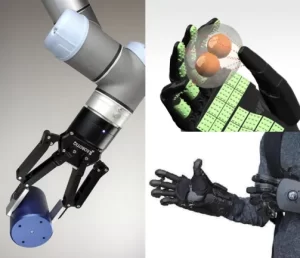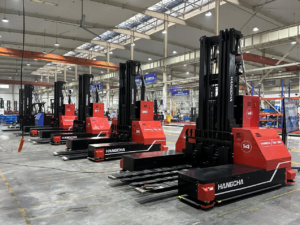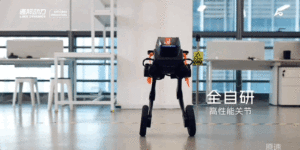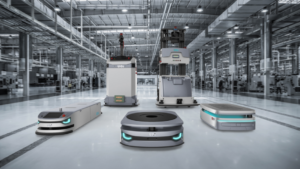In humanoid robots, competition over various performance metrics has never ceased. “Who runs the fastest?” “Who jumps the farthest?” These questions always attract attention. Today, look at a few “mosts” in humanoid robots. (The following information is based on publicly available data as of October 2024.)
Fastest Runner – STAR1 by Robot Era
Recently, the sixth-generation humanoid robot STAR1, developed by Robot Era, completed a complex outdoor running challenge across the unique Danxia landscape in Yumen, China. According to measured data, STAR1 can run at 3.6 meters per second, with a potential top speed of 6 meters per second, surpassing marathon world record speeds. This achievement makes STAR1 currently the fastest humanoid robot in the world.
Farthest Jumper – G1 by Unitree
On October 17, 2024, Unitree Robotics released a video showcasing the long-jump capability of its new general-purpose humanoid robot, G1. In the video, G1 performs warm-up moves similar to a human’s, then achieves a standing jump of 1.4 meters, making it one of the farthest-jumping general-purpose humanoid robots worldwide.
Highest Jumper – HD Atlas by Boston Dynamics
Currently, the highest-jumping humanoid robot is believed to be the hydraulic Atlas developed by Boston Dynamics. This agile robot can achieve jump heights of over 1 meter. Boston Dynamics launched the new-generation Atlas in 2016, with substantial upgrades. In April 2024, Boston Dynamics announced the retirement of HD Atlas.
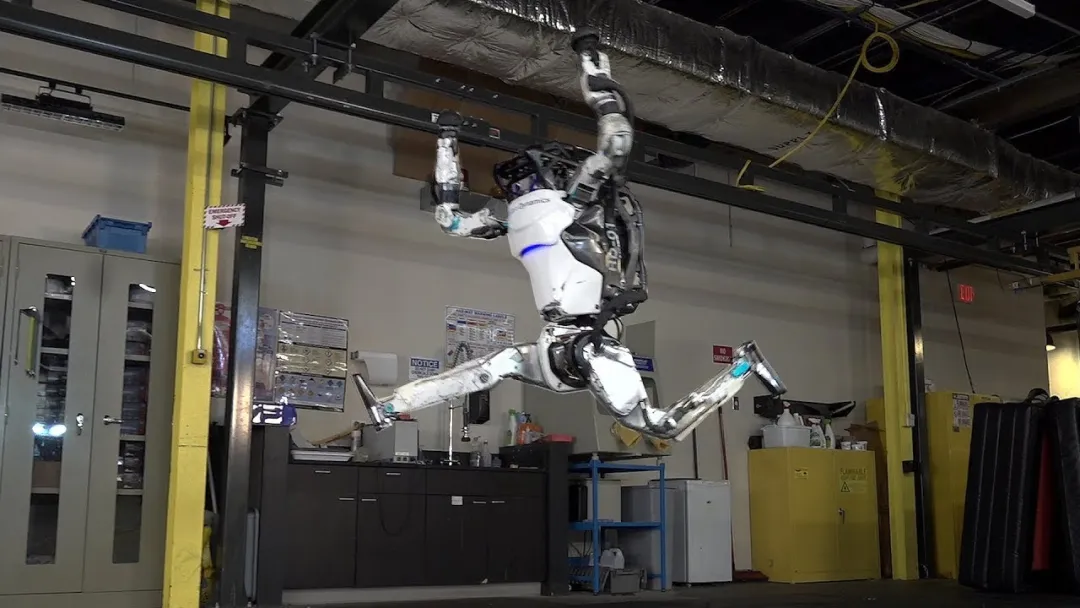
Largest – GUNDAM GLOBAL CHALLENGE
According to the Guinness World Records website, the world’s largest mobile humanoid robot stands 18 meters (59 feet) tall. Created by the GUNDAM GLOBAL CHALLENGE association in Yokohama, Japan, on December 3, 2020, the robot reportedly weighs 25 tons (22 metric tons). Test videos show that it can move its fingers and kneel on one knee.
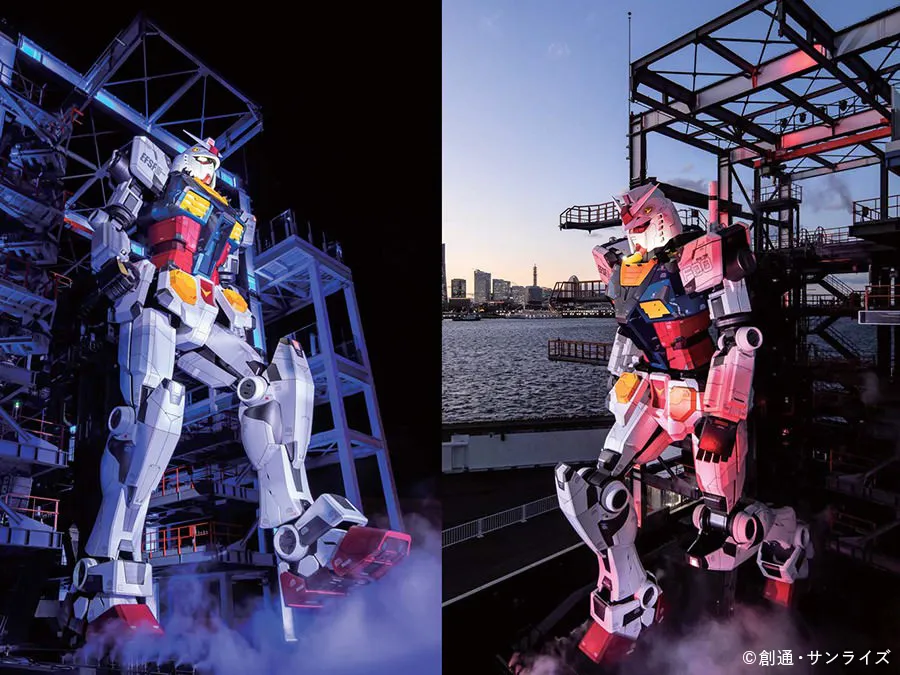
Smallest – Tatsuya Mitani’s Creation
The Guinness World Records website also reports that the smallest humanoid robot stands at 57.676 millimeters (2.27 inches) tall, created by Tatsuya Mitani in Nagoya, Aichi, Japan, on April 6, 2024. This tiny robot features a custom-designed leg structure and is compatible with an app, allowing users to remotely control it via a smartphone.

Most “Muscles” – Kenshiro by the University of Tokyo
The University of Tokyo has developed a humanoid robot controlled by artificial tendons. Named Kenshiro, after the hero of a popular 1980s Japanese manga series, the robot stands 1.58 meters tall weighs 50 kilograms, equipped with 160 artificial muscles. Among all humanoid robots, Kenshiro has the most muscles, powered by approximately 100 maxon brushless motors, enabling human-like movement.
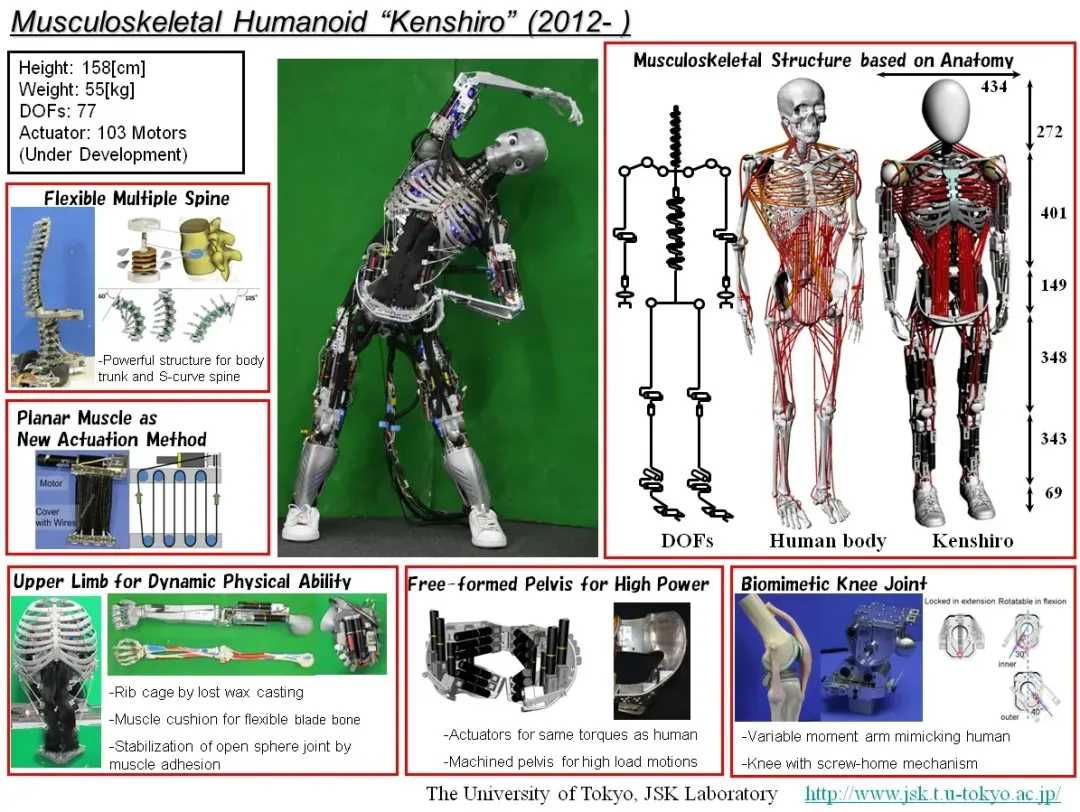
Most Degrees of Freedom – Kengoro by the University of Tokyo
The humanoid robot with the most degrees of freedom is Kengoro, developed by researchers from the Department of Mechano-Informatics at the University of Tokyo in 2016. As of January 29, 2019, Kengoro has 174 degrees of freedom (including 30 degrees of freedom in each hand). Kengoro’s spine mimics that of a human, consisting of multiple mechanical spring joints (each with three degrees of freedom). To control these joints, Kengoro is equipped with 116 independent motors, working in conjunction with tendon-like cables and muscle-like springs.
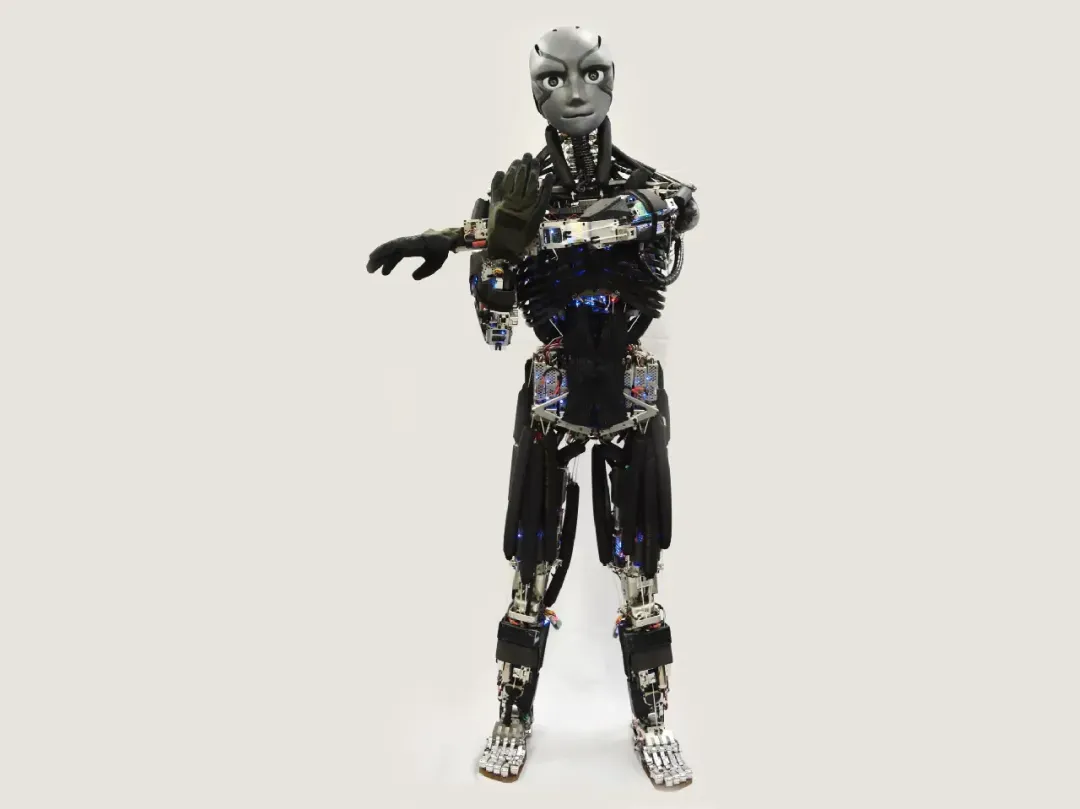
Conclusion:
On the road to “higher, faster, and stronger,” humanoid robots continue to demonstrate astounding performance breakthroughs. As technology advances, more “mosts” await discovery and challenge. What other records do you know of in humanoid robots? What new records will redefine our understanding in the future? Let’s wait and see!



